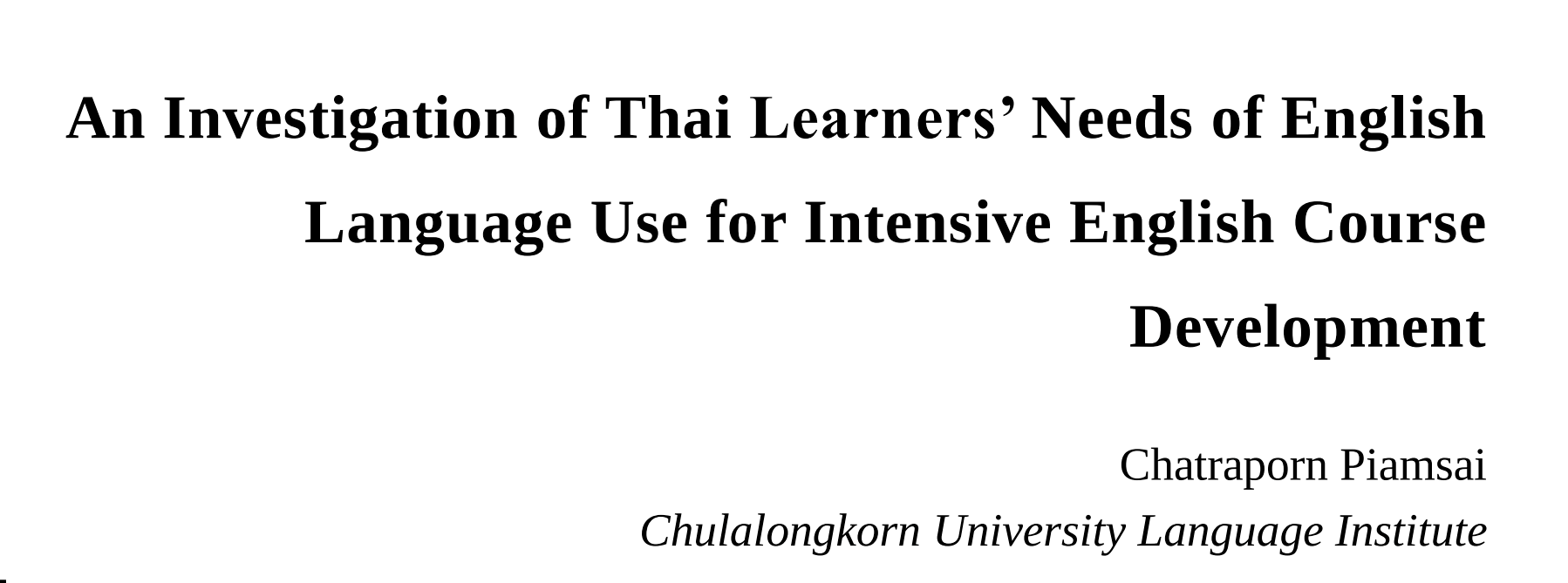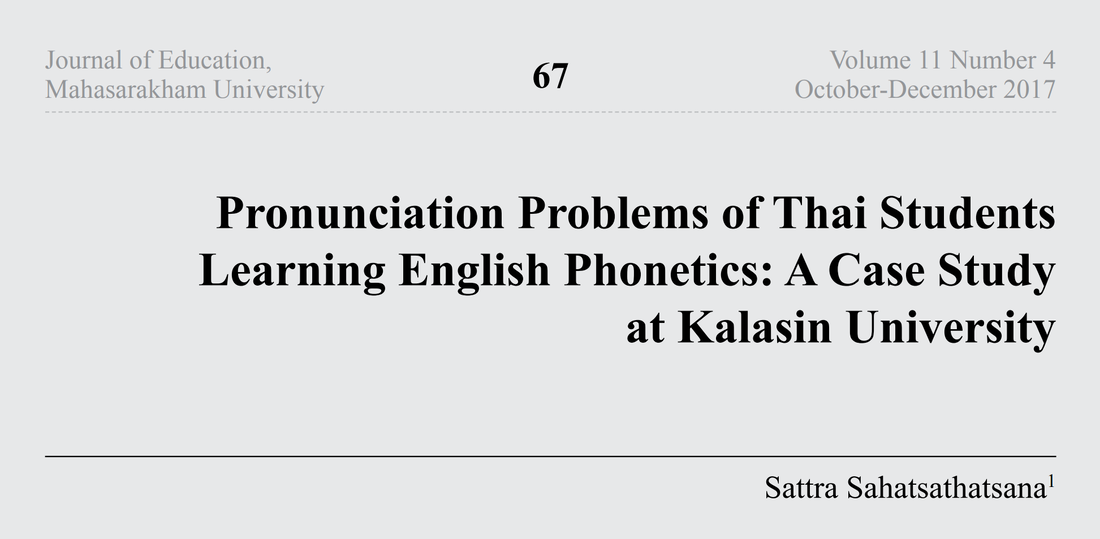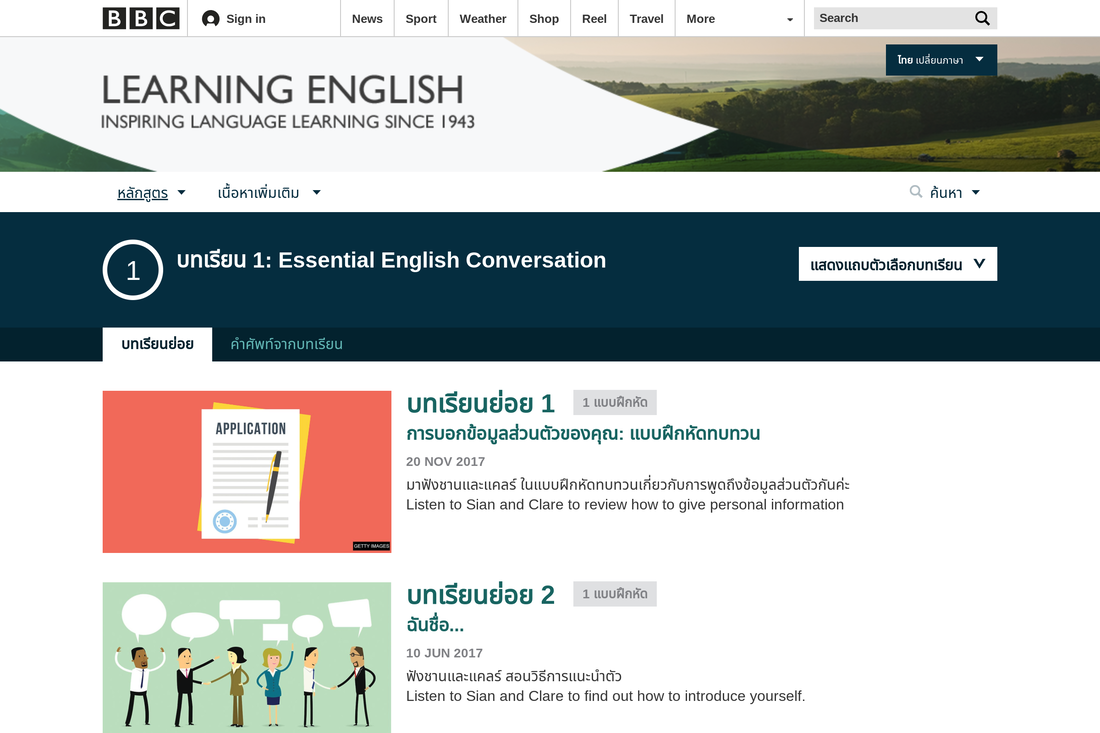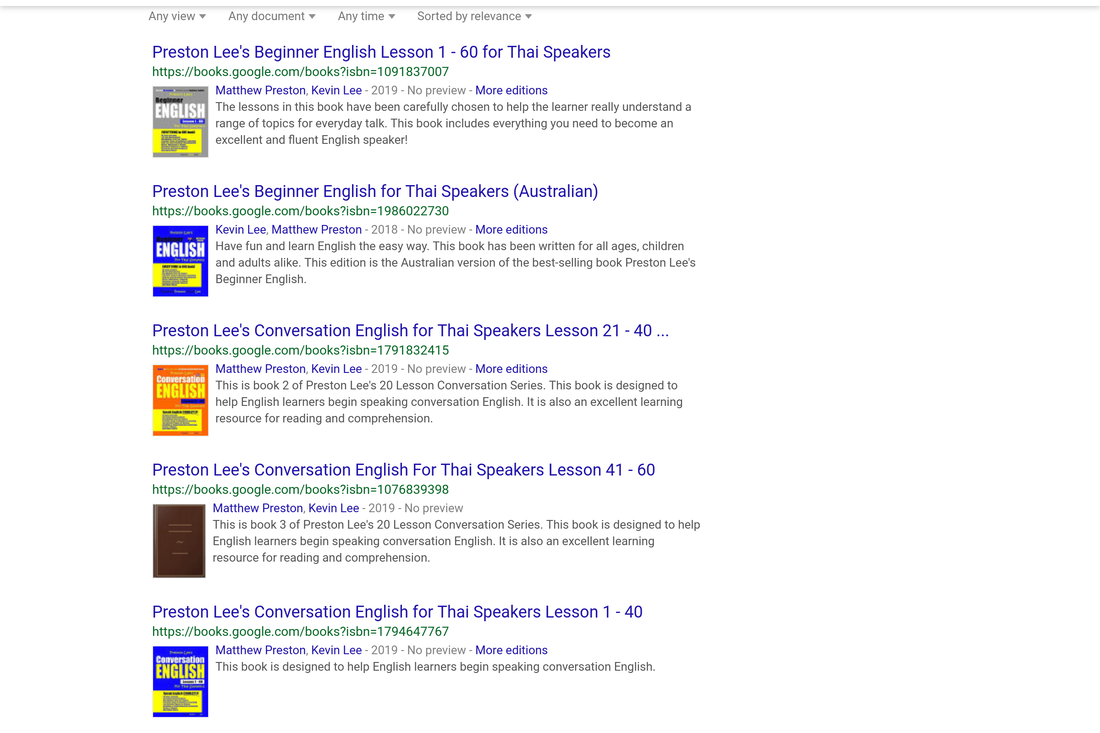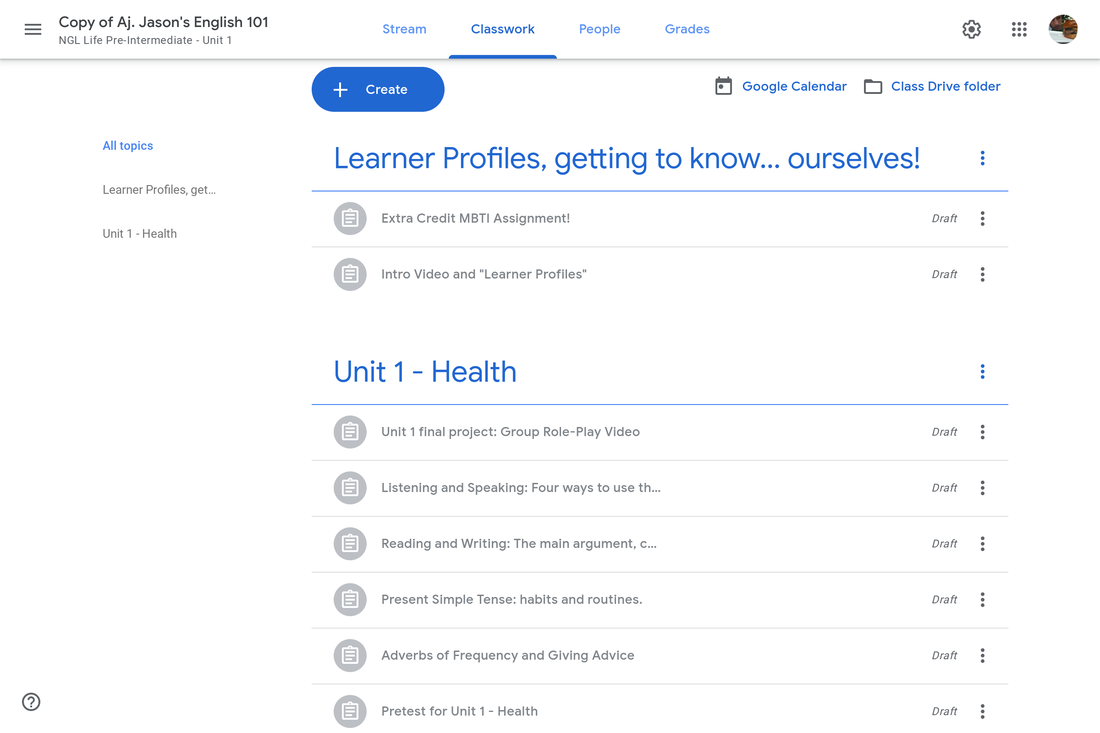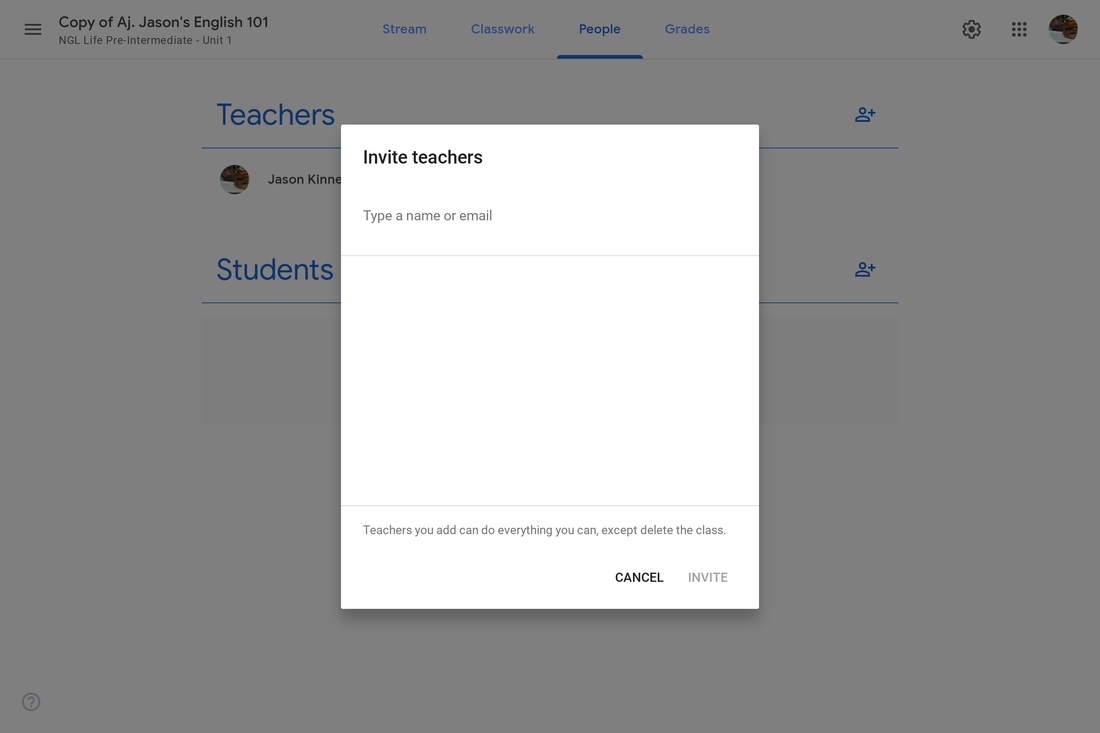| Unityoga.org |
If you are viewing this site on a mobile device
- landscape mode will work better -
if you have problems, please try selecting "Desktop site" in your browser options.
- landscape mode will work better -
if you have problems, please try selecting "Desktop site" in your browser options.
EVIDENCE-BASED STRATEGIES
-
Overview
-
Thai Learners
-
FEP Strategies
-
Curriculum
<
>
Guidance for Teachers and
Educational Resources
Based on State-Of-The-Art, Up-To-Date Educational Research:
Modern Teaching and Learning Theory and Practice
Follow the link above for in-depth and media-rich summaries of teaching methodology.
Browse the videos and links below for methodology specific to ESL/EFL teaching and learning.
Educational Resources
Based on State-Of-The-Art, Up-To-Date Educational Research:
Modern Teaching and Learning Theory and Practice
Follow the link above for in-depth and media-rich summaries of teaching methodology.
Browse the videos and links below for methodology specific to ESL/EFL teaching and learning.
celta - the tefl standard
Watch the video for an overview, and then
Follow the link below for an excellent summary of the major
CELTA teaching frameworks!
link:
CELTA LESSON FRAMEWORKS
Follow the link below for an excellent summary of the major
CELTA teaching frameworks!
link:
CELTA LESSON FRAMEWORKS
other frameworks
Language teaching methodologies
(link to a list of the various methods)
(link to a list of the various methods)
The video above explains the importance of
"Comprehensible Input"
"Comprehensible Input"
Stephen Krashen, the originator of
"The Natural Approach"
"The Natural Approach"
"Automatic Language Growth"
based on the Natural Approach and used in the AUA Thai Program.
AKA:
"The ALG Method"
based on the Natural Approach and used in the AUA Thai Program.
AKA:
"The ALG Method"
The video above describes the
"Communicative Approach"
"Communicative Approach"
Here is an explanation of the
"Total Physical Response"
method, with great examples.
"Total Physical Response"
method, with great examples.
add any other methods that you know to the forum below!
Swan and Smith's Learner English
Study this excerpt from the seminal treatise on specific L1 (1st language) concerns when learning English as a 2nd (ESL) or foreign (EFL) language.
Study this excerpt from the seminal treatise on specific L1 (1st language) concerns when learning English as a 2nd (ESL) or foreign (EFL) language.
Your browser does not support viewing this document. Click here to download the document.
Understanding these specific issues for Thai learners can help you to personalize your lessons and prepare interventions to address the major difficulties and persistent errors that your students will make. You can find the full Document in print or online if you have students with a different L1 (Chinese, Japanese, etc.).
The links below offer studies focused specifically on Thai English language learners, and learning resources designed for the same.
needs analysis FOR THAI SPEAKERS
Content designed for thai speakers
Know of any other studies or learning resources designed specifically for Thai English language learners? Post them in the Forum below!
Through action research and teacher surveys, the following teaching strategies and supports were found to be the most important and necessary for the teachers of the Fundamental English Program:
Differentiation - Formative Assessment
Vocabulary Practice - Teacher Collaboration
(Kinney, 2019b)
Vocabulary Practice - Teacher Collaboration
(Kinney, 2019b)
Differentiation
If you find that your students are well behind the English level required for the course:
Use Apps Like:
Or search the review sites for more options:
- Don't waste time struggling to bring them up to speed and risk slowing the progress of other students.
- They will still need support for successfully completing the graded tasks and exams.
Use Apps Like:
- DuoLingo
- LingQ
- Hello English
- FluentU
- ClozeMaster
- Busuu
- all of the above are recommended...
Or search the review sites for more options:
If you find that your students are well ahead of the English level required for the course:
You can also assign them to use an English learning app (like those linked above) that can meet them at their level and allow them personalized lessons that they can work through, autonomously, every day!
If students are only slightly ahead or behind, use the online extension and revision materials (found on the differentiation tab of the curriculum resources page) for the book to give extra support to those struggling, and extra challenge to those who need it.
(Russell et al, 2016)
- Don't waste time simply reviewing grammar and vocabulary that they already know!
You can also assign them to use an English learning app (like those linked above) that can meet them at their level and allow them personalized lessons that they can work through, autonomously, every day!
- They will still need support for successfully completing the graded tasks and exams.
If students are only slightly ahead or behind, use the online extension and revision materials (found on the differentiation tab of the curriculum resources page) for the book to give extra support to those struggling, and extra challenge to those who need it.
(Russell et al, 2016)
Formative Assessment
To meet and support every student WHERE THEY ARE on their English journey:
Automate your Curriculum!
(Eyal, 2012)
Use a Learning Management System (LMS)
There are many free options to try.
This can allow you to constantly assess your students' understanding and progress with the many recommended and effective online options for formative assessment found on the "online quizzes" tab.
(Taylor & Doehler, 2014)
Google Classrooms is a great option that CMU students already use for other courses!
Once made, Google Classrooms can be shared and copied by other teachers.
Teachers can collaborate to produce units in Google Classroom and share the workload!
Below is an example Unit (Unit 1) for the NGL Life Pre-Intermediate book that can be copied and more units can be added to make an entire course for CMU FEP teachers to use in "flipping" their class!
Automate your Curriculum!
(Eyal, 2012)
Use a Learning Management System (LMS)
There are many free options to try.
This can allow you to constantly assess your students' understanding and progress with the many recommended and effective online options for formative assessment found on the "online quizzes" tab.
(Taylor & Doehler, 2014)
Google Classrooms is a great option that CMU students already use for other courses!
Once made, Google Classrooms can be shared and copied by other teachers.
Teachers can collaborate to produce units in Google Classroom and share the workload!
Below is an example Unit (Unit 1) for the NGL Life Pre-Intermediate book that can be copied and more units can be added to make an entire course for CMU FEP teachers to use in "flipping" their class!
Use the following form to request access to the sample Unit 1 Google Classroom.
You will be invited to join the class as a co-teacher.
Then, you can copy the class after you join so that you will have control over your own copy.
Once you own a copy, you can add to it, invite your students to join, and allow other teachers to make their own copies!
You will be invited to join the class as a co-teacher.
Then, you can copy the class after you join so that you will have control over your own copy.
Once you own a copy, you can add to it, invite your students to join, and allow other teachers to make their own copies!
Below is a screenshot of the Google Classrooms form for inviting "co-teachers" to your classroom.
You will need a Google Classrooms account set up already in order to join. (It's easy!)
After joining as a co-teacher, you can copy the class so that you will have control over your own copy.
You can then add to it, invite your students to join, and allow other teachers to make their own copies!
You will need a Google Classrooms account set up already in order to join. (It's easy!)
After joining as a co-teacher, you can copy the class so that you will have control over your own copy.
You can then add to it, invite your students to join, and allow other teachers to make their own copies!
Vocabulary Practice
A few strategies for
in-class vocabulary practice
Vocabulary is a basic building block of language.
Vocabulary size is one of the most important measures of language ability.
(Fazeli, 2012)
There are many ways to learn and practice vocab.
In-class lessons with readings, videos, games, etc. are great ways to introduce vocab and clarify meaning.
However, endless drills and time-consuming in-class practice are no longer necessary when a bit of technology can be intentionally applied:
Once vocab has been introduced and meaning clarified through a lesson, make use of the spaced-repetition flashcard apps, supplied on the Curriculum Resources Page (Vocabulary tab) to support students with consistent and effective practice using the kind of multimedia presentation that only a digital format can provide.
(Farías et al, 2014)
To check student attainment of unit vocabulary before and after study and practice: use the online quizzes supplied on the Curriculum Resources Page (Online Quizzes tab), either in-class with apps like Kahoot! or students can take the quizzes at home at assigned times with apps like Google Forms or Quizlet.
(Gikandi et al, 2011)
For students with major gaps in their vocabulary coming into the course, Frequency Word Apps like WordUp (on the Vocab tab) can be assigned to quickly and efficiently increase their basic vocabulary to the B1 level necessary to be successful in the CMU FEP (~3000 to 4000 words)
(Milton & Alexiou, 2009)
in-class vocabulary practice
Vocabulary is a basic building block of language.
Vocabulary size is one of the most important measures of language ability.
(Fazeli, 2012)
There are many ways to learn and practice vocab.
In-class lessons with readings, videos, games, etc. are great ways to introduce vocab and clarify meaning.
However, endless drills and time-consuming in-class practice are no longer necessary when a bit of technology can be intentionally applied:
Once vocab has been introduced and meaning clarified through a lesson, make use of the spaced-repetition flashcard apps, supplied on the Curriculum Resources Page (Vocabulary tab) to support students with consistent and effective practice using the kind of multimedia presentation that only a digital format can provide.
(Farías et al, 2014)
To check student attainment of unit vocabulary before and after study and practice: use the online quizzes supplied on the Curriculum Resources Page (Online Quizzes tab), either in-class with apps like Kahoot! or students can take the quizzes at home at assigned times with apps like Google Forms or Quizlet.
(Gikandi et al, 2011)
For students with major gaps in their vocabulary coming into the course, Frequency Word Apps like WordUp (on the Vocab tab) can be assigned to quickly and efficiently increase their basic vocabulary to the B1 level necessary to be successful in the CMU FEP (~3000 to 4000 words)
(Milton & Alexiou, 2009)
Teacher Collaboration
Teachers sharing ideas, resources, and support is what this website is all about! It has been shown to drastically improve the performance of both teachers and students.
(Vangrieken et al, 2015)
In addition to all the resources and ideas already on display and ready for your use;
There are many opportunities throughout this site to ask questions, add comments, and share your own favorite learning tools!
The "Teacher Connect Forum" can be found at the bottom of both the Resources and Strategies pages, as well as its own page.
Please feel free to use the forum to find answers to questions you may have, or start a new thread to discuss any topic related to the CMU FEP and teaching English.
For useful and important content or related articles you may have written:
Submit a Blog Post and it will be posted to the FEP Blog. Commenting is enabled in the blog to allow for discourse around your ideas.
(Vangrieken et al, 2015)
In addition to all the resources and ideas already on display and ready for your use;
There are many opportunities throughout this site to ask questions, add comments, and share your own favorite learning tools!
The "Teacher Connect Forum" can be found at the bottom of both the Resources and Strategies pages, as well as its own page.
Please feel free to use the forum to find answers to questions you may have, or start a new thread to discuss any topic related to the CMU FEP and teaching English.
For useful and important content or related articles you may have written:
Submit a Blog Post and it will be posted to the FEP Blog. Commenting is enabled in the blog to allow for discourse around your ideas.
Aligning the FEP Curriculum with University, Faculty, and Department Vision and Mission statements, as well as evidence-based materials, standards, and practices:
This guide will be most useful for the FEP curriculum committees, as they redesign and select features of the current and future FEP courses.
There are important questions posed within the guide that should be considered before establishing curricula, whose answers may change over time as the University and Department policies change.
There are important questions posed within the guide that should be considered before establishing curricula, whose answers may change over time as the University and Department policies change.
The research
Follow the link above to review the original research that supports the curriculum decisions and suggestions outlined in the FEP Curriculum Guide
(or scroll down for an embedded version)
(or scroll down for an embedded version)
Follow the link below (or scroll the embedded GDoc below the link) to review the original research that supports the curriculum decisions and suggestions outlined in the FEP Curriculum Guide (on the Curriculum tab above) and the resources shared throughout this website.
The research
Comment on the Teacher Connect forum below to add resources to those above, offer suggestions, or ask questions! Don't be shy!!!
|
Unityoga.org
one Y? one answer... |
